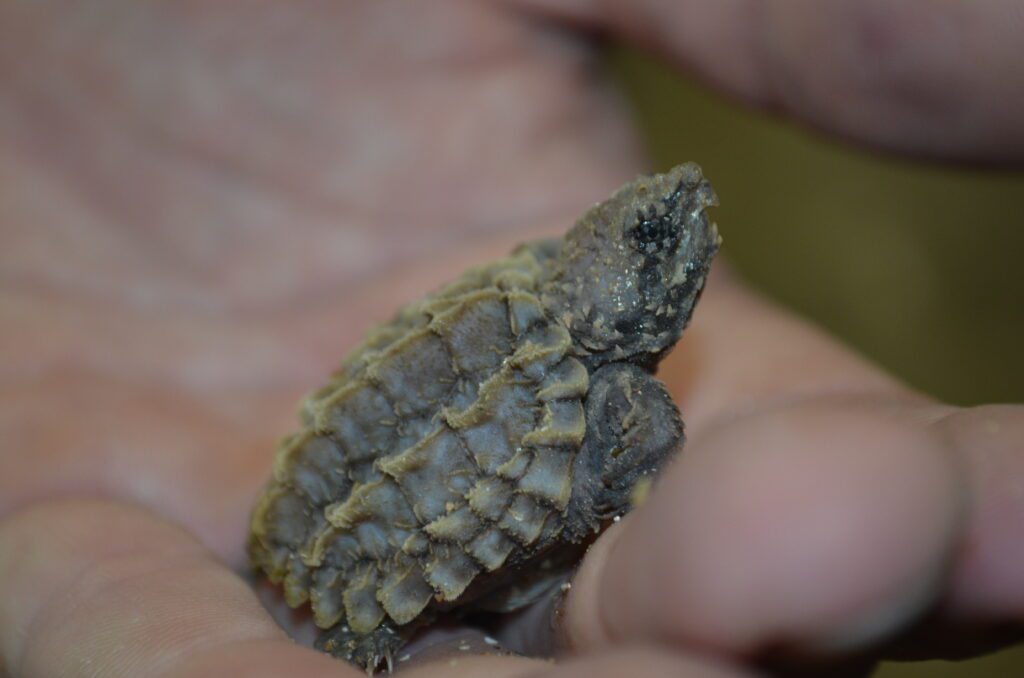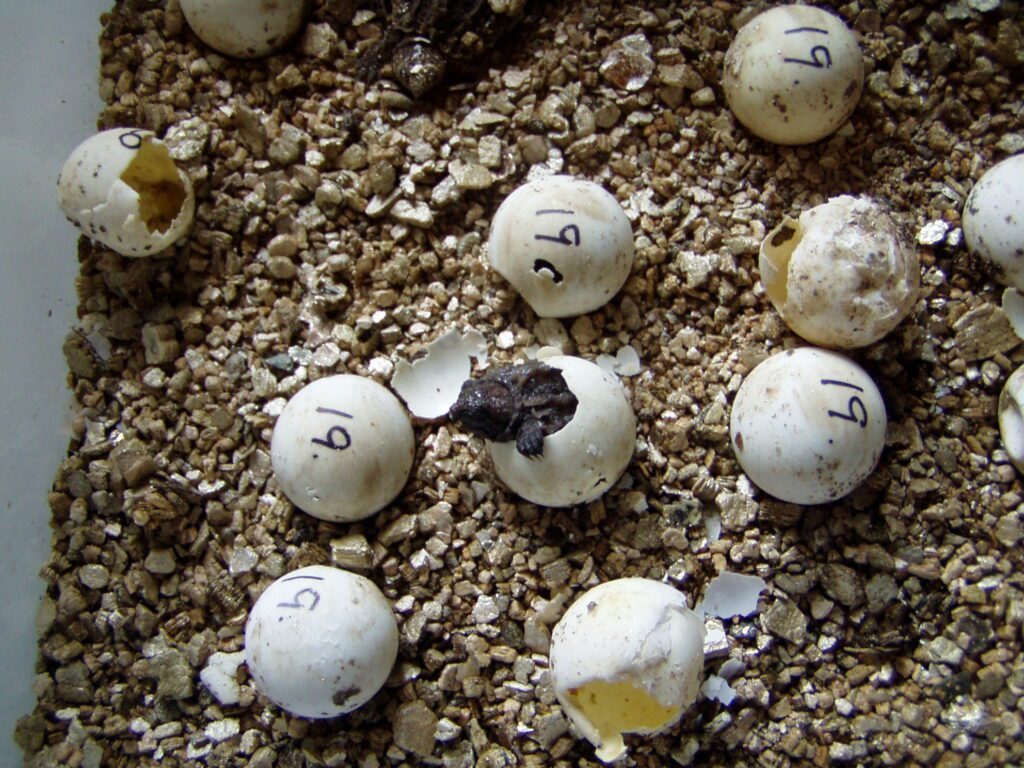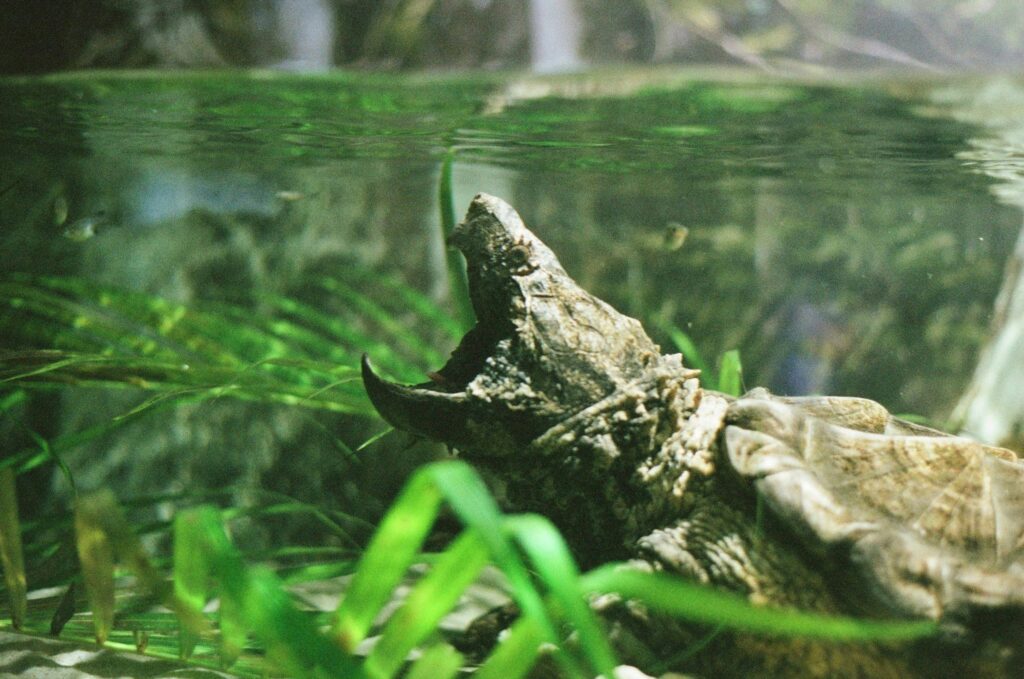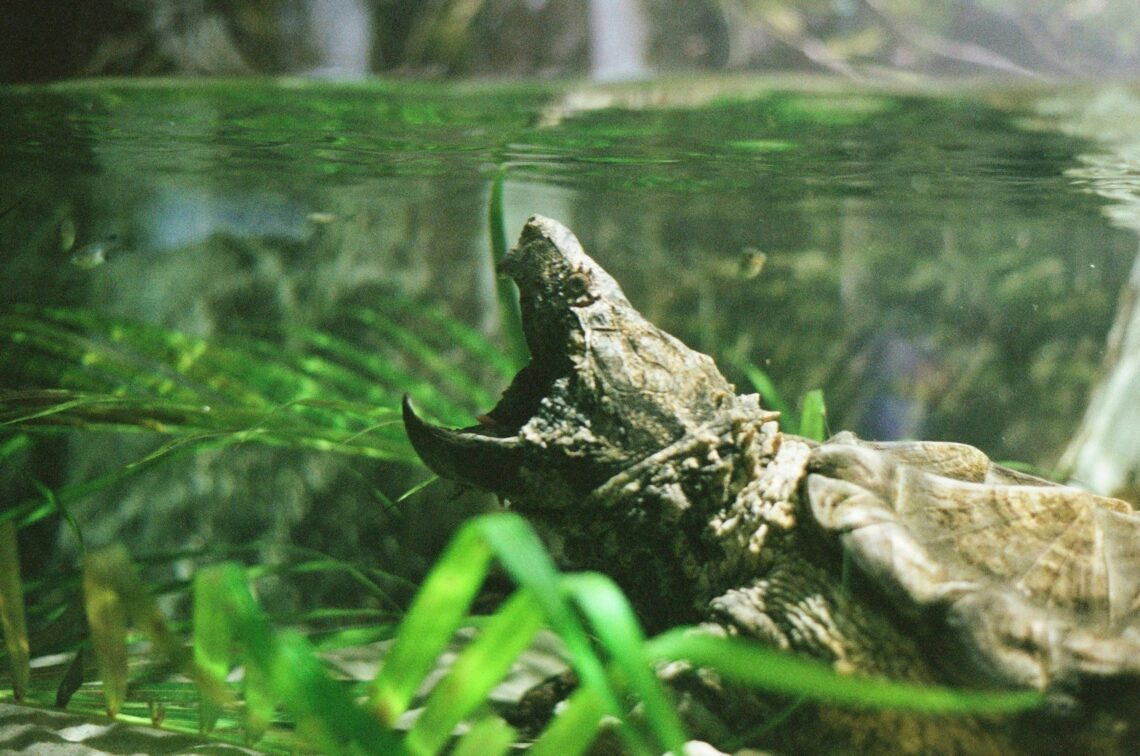Oklahoma’s Turtle Rescue Initiative
Oklahoma’s alligator snapping turtle conservation project has united local communities and conservation groups to ensure the survival of this rare species.
A collaborative effort to protect Oklahoma’s alligator snapping turtle has been gaining momentum since its inception in 2002, focusing on habitat restoration and community engagement to reverse population decline and raise environmental awareness. Local efforts to save the species bring the state closer, safeguarding a vulnerable piece of natural heritage.
The alligator snapping turtle, one of North America’s largest freshwater species, once thrived in Oklahoma’s rivers and wetlands. Today, however, it faces significant threats from habitat destruction, illegal poaching, and a naturally slow reproductive cycle. These factors have pushed the turtle onto the state’s “species of greatest conservation need” list, according to the Oklahoma Department of Wildlife Conservation (ODWC).
Native to rivers like the Red, Neosho, and Caney, the turtles are especially vulnerable to the impact of land development and pollution. Poaching for the black market turtle meat has worsened the problem, historically pushing the population to critical lows. According to U.S. Fish and Wildlife, commercial harvesting significantly impacted alligator snapping turtles in the 1960s and 1970s. These factors, paired with the turtle’s lengthy maturation period, make recovery efforts difficult.

Photo by U.S. Fish & Wildlife Service Southwest Region
Nonetheless, in 2002, Tishomingo National Fish Hatchery launched an ambitious conservation program to address these threats. Today, they have become the cornerstone of the initiative, and represent the only “head-start” program for the alligator snapping turtle in the nation.
“We started in 2002 with 20 alligator snapping turtles, which were captured from Robert Kerr Reservoir,” said Mark Howery, a wildlife biologist with ODWC. “Since then, we’ve worked to increase hatchling production and improve survival rates, to reintroduce the species to its habitats.”

Photo by U.S. Fish & Wildlife Service Southwest Region
The hatchery’s breeding program, which now produces between 450 to 600 hatchlings annually, focuses on increasing the survival rate of young turtles through a “head-start” approach. This approach connected not only organizations in Oklahoma, such as ODWC, Tishomingo National Fish Hatchery and the Oklahoma City Zoo, but also organizations outside of Oklahoma, such as in Louisiana, Tennessee, Illinois and Kansas.
“This is really how we got our connection with U.S. Fish and Wildlife at Tishomingo, they have a great program, and we just participate in the program they already set up,” said Seamus Ehrhard, Curator of Herpetology and Aquatics at Oklahoma City Zoo.
Public involvement has played a crucial role in the success of the conservation efforts. Through programs led by the Oklahoma City Zoo and ODWC, locals have gained a deeper understanding of the turtle’s role in the ecosystem and how they can help preserve it.
“We care for hatched or juvenile animals during their most vulnerable stages of life and then work with the Oklahoma Department of Wildlife Conservation to release these animals,” said Emma Webb, the Oklahoma City Zoo’s Social Media Coordinator.
The turtle rescue project has created a ripple effect, bringing Oklahomans from all walks of life together to protect their natural resources. Schools, local environmental groups, and even private landowners have become active participants in preserving the state’s delicate ecosystems. These collective efforts have helped build stronger connections among local communities while ensuring the survival of the alligator snapping turtle for future generations.
“ODWC is excellent, and so are the conservation efforts through the Oklahoma City Zoo. I appreciate them because they can reach so many people with our message of conservation,” said Ralph Simmons, fish biologist at Tishomingo National Fish Hatchery. “We’re woefully inept at telling our own story, but the Oklahoma City Zoo, that’s their forte.”
Oklahoma’s alligator snapping turtle conservation project is a success story of resilience, collaboration, and environmental stewardship. What began as a targeted scientific effort has evolved into a statewide movement, uniting individuals and organizations for a common cause. As the vulnerable turtle population begins to recover, so does the sense of community, demonstrating the power of collective action.

Author: Savannah Schultz
For more information contact at:
Email: lookaliveblog@gmail.com
Insta: Look Alive Blog
Facebook: Look Alive Blog







Comments by Savannah Schultz